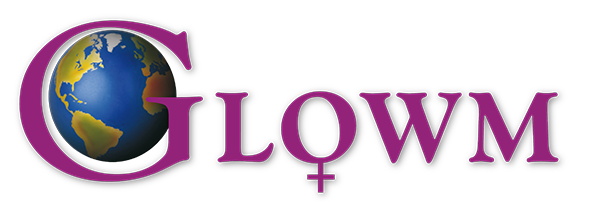
Understanding breast cancer
and why you should check your breasts regularly
An educational
initiative
supported by

Written by experienced doctors, midwives and other medical professionals – and approved by a specialist Editorial Board
Enhancing the Welfare of Women
Expert Health Information for Women
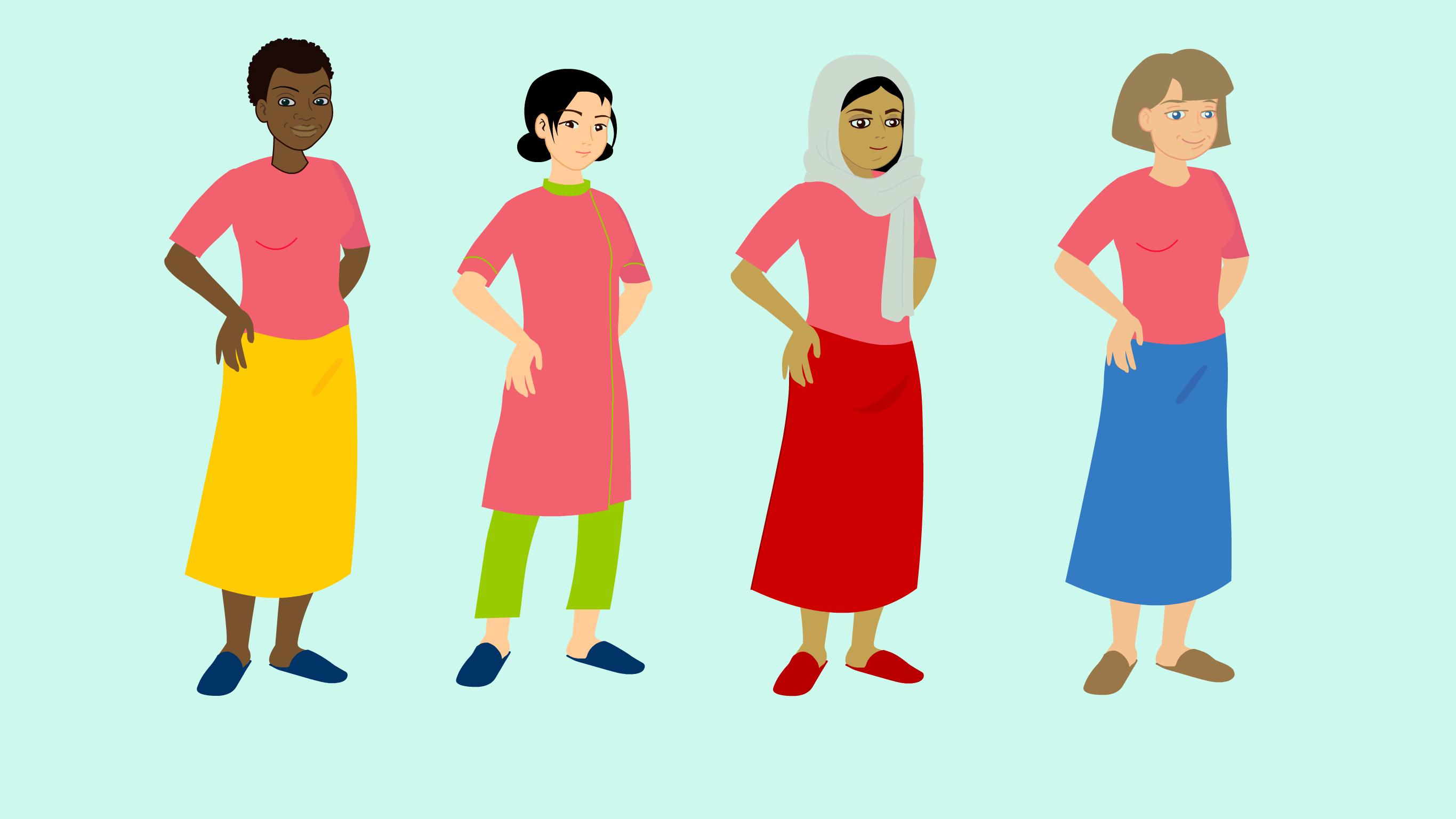

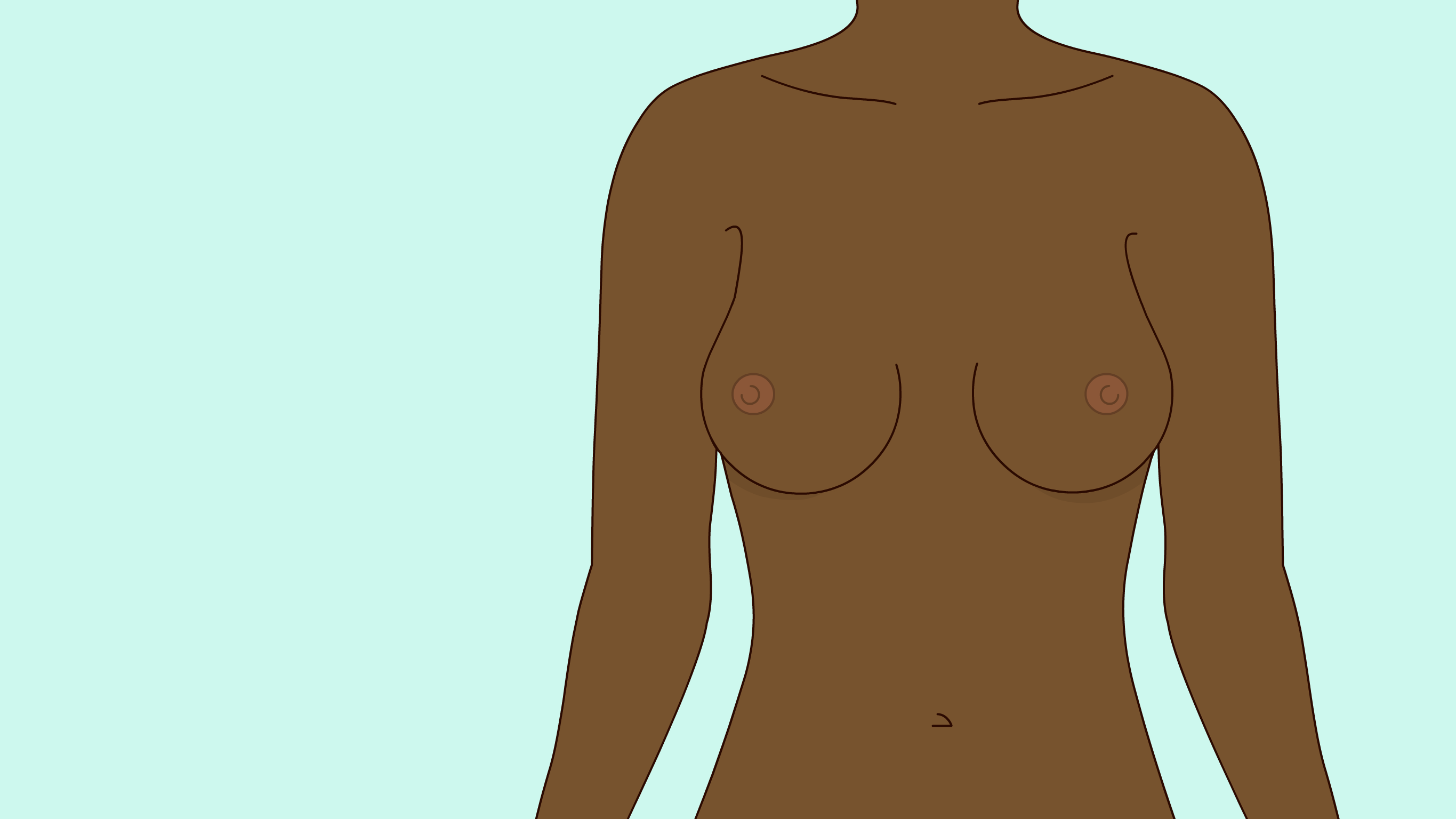
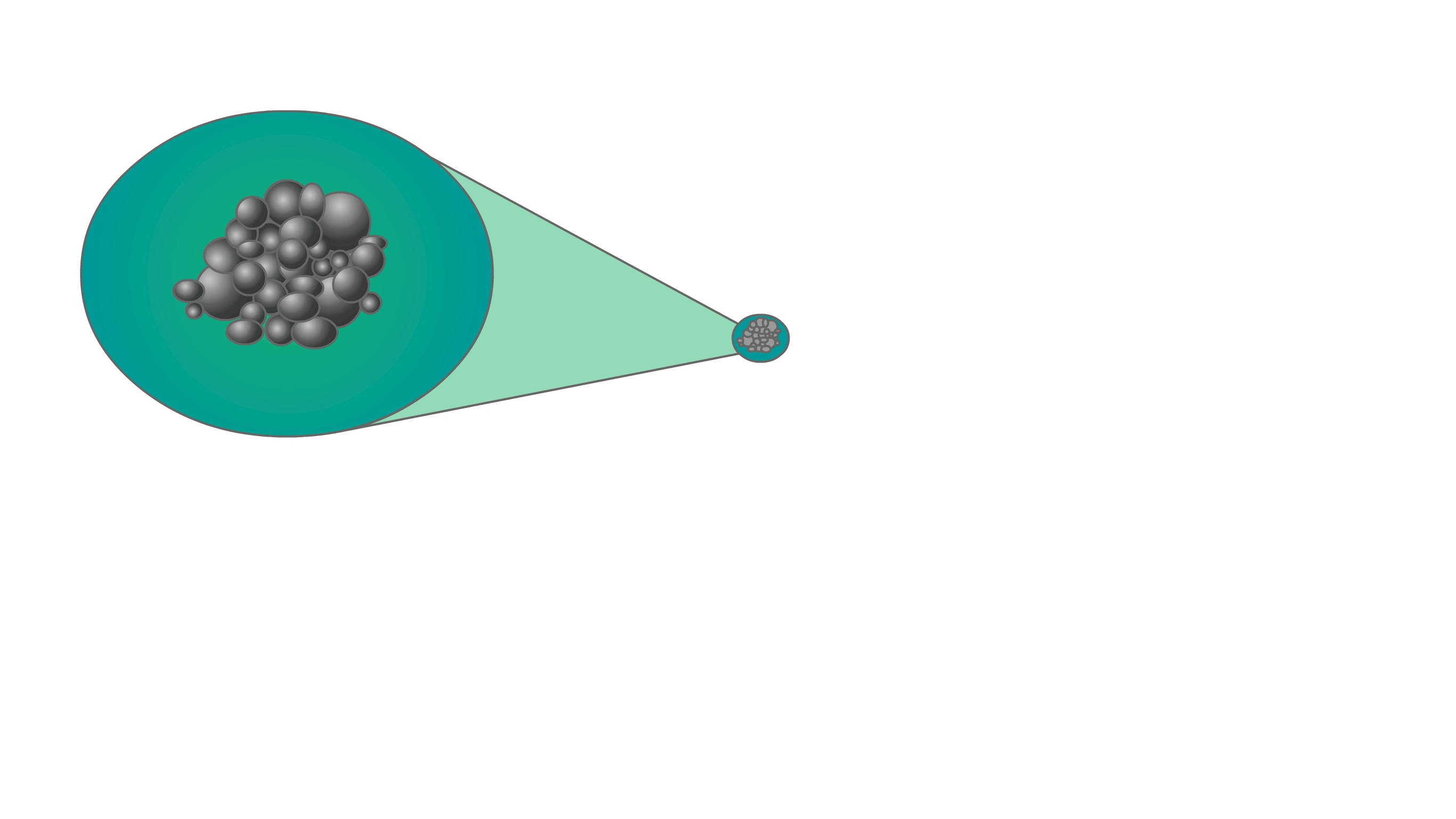
Many women do not know they have cancer until it is too late. But if the cancer is found early, it can be treated.

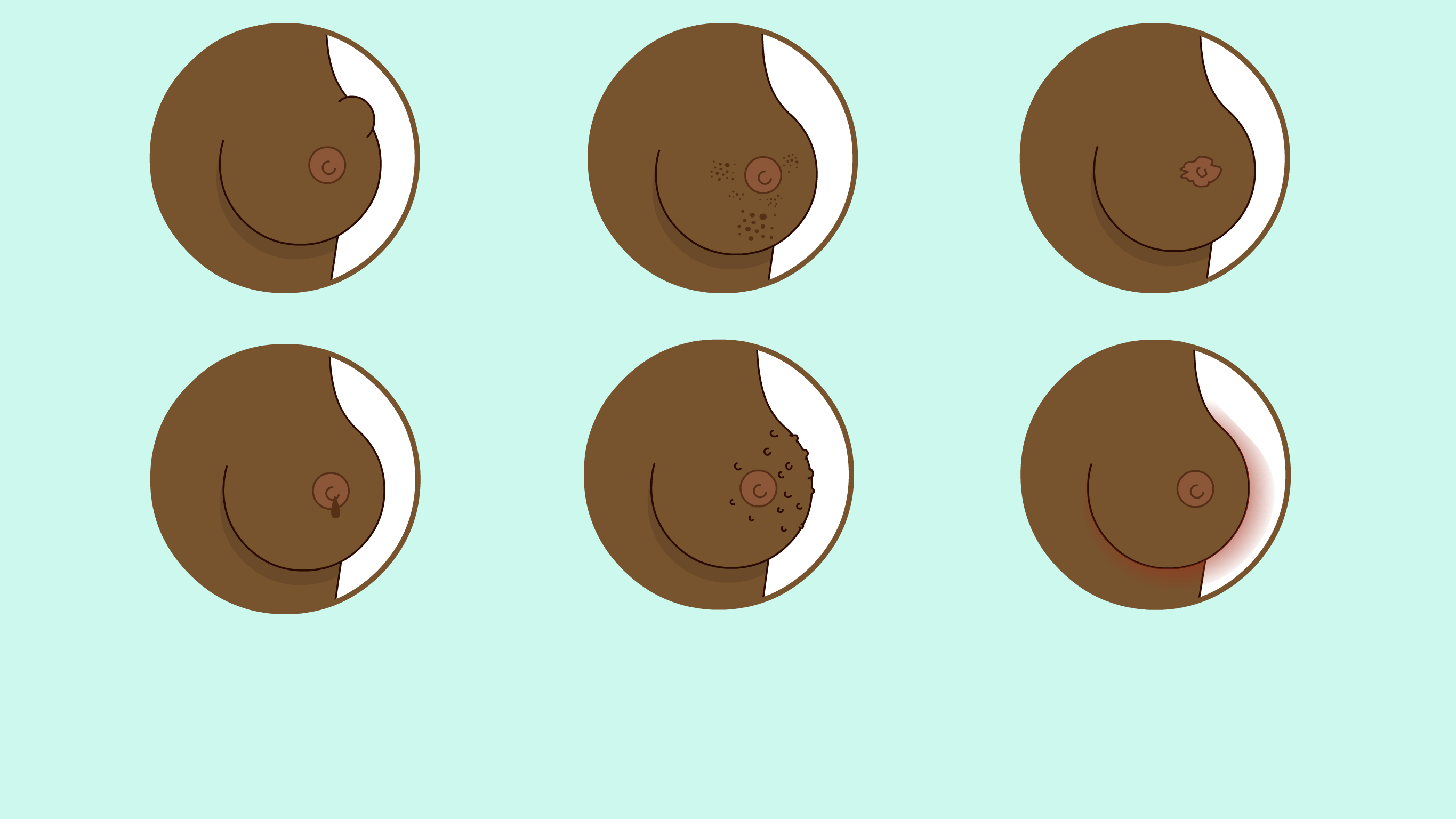

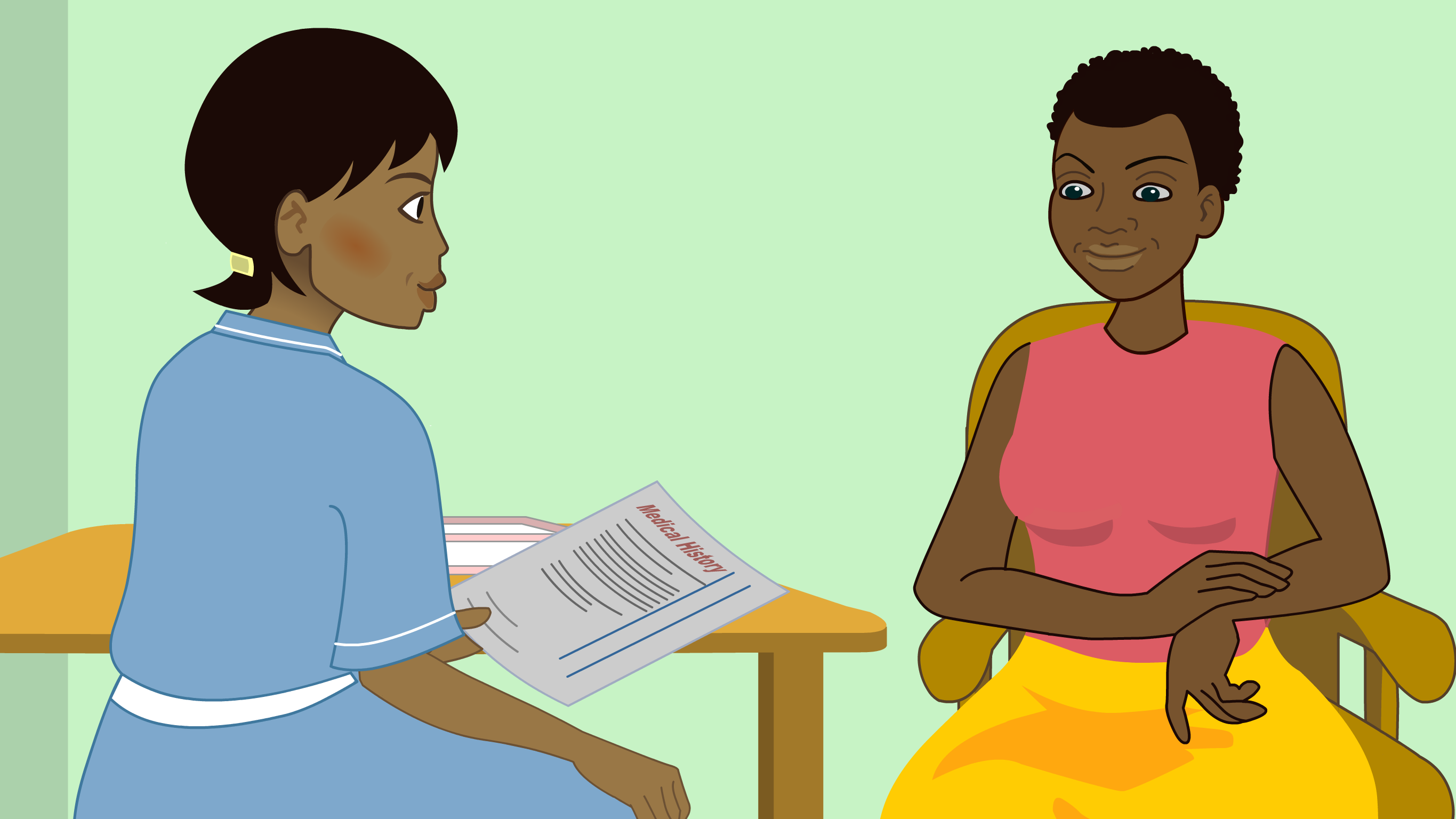

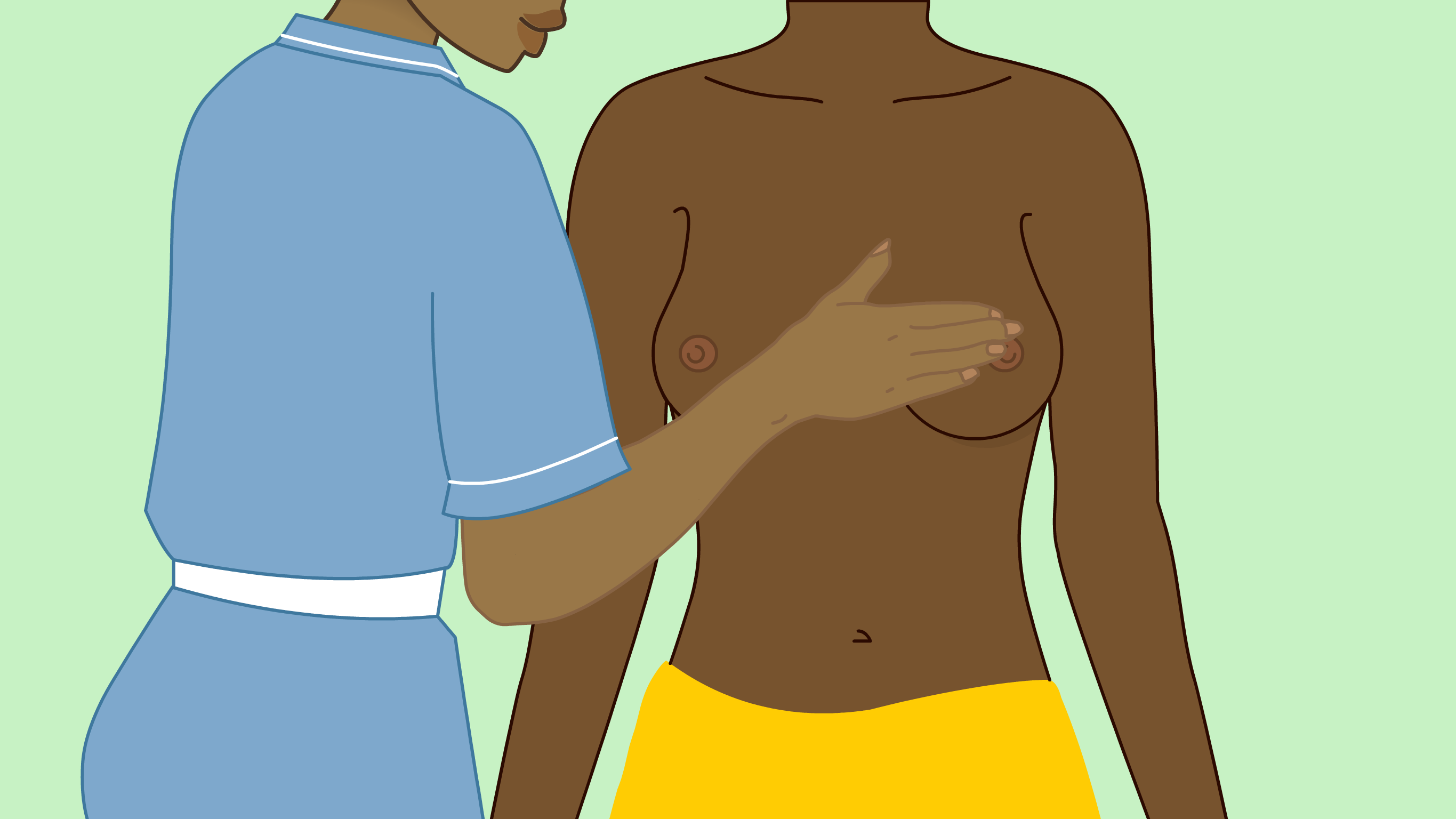

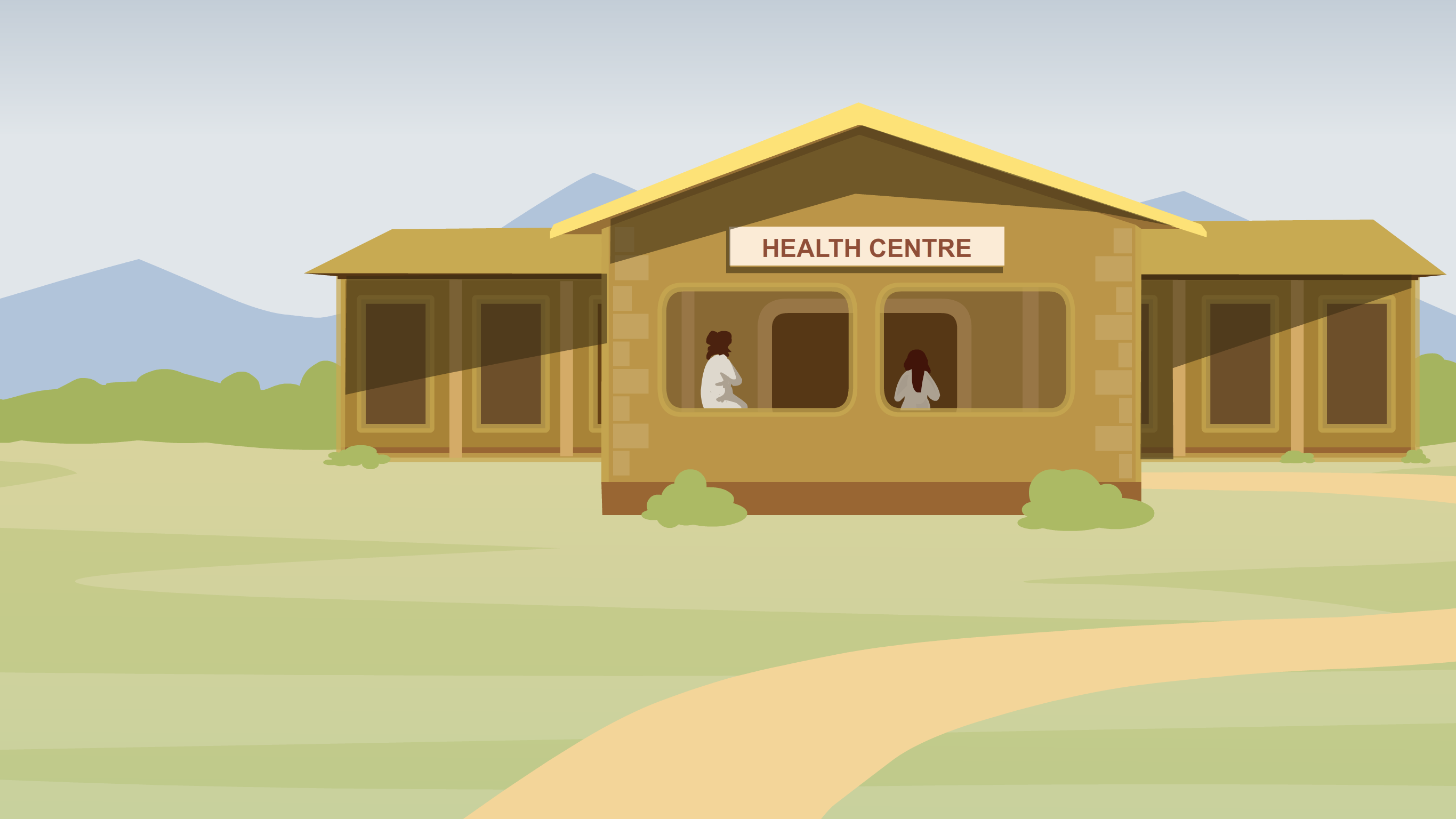
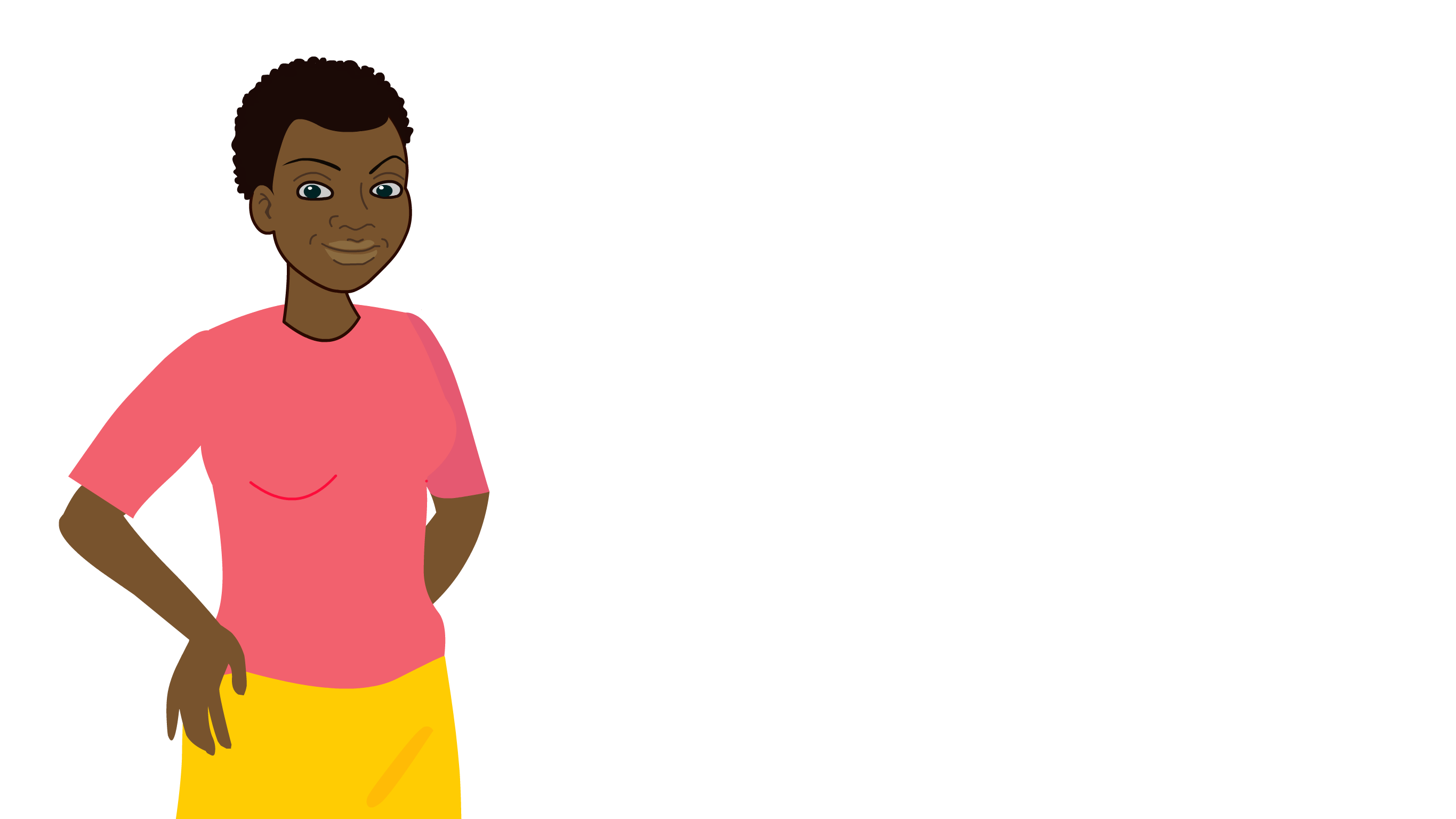

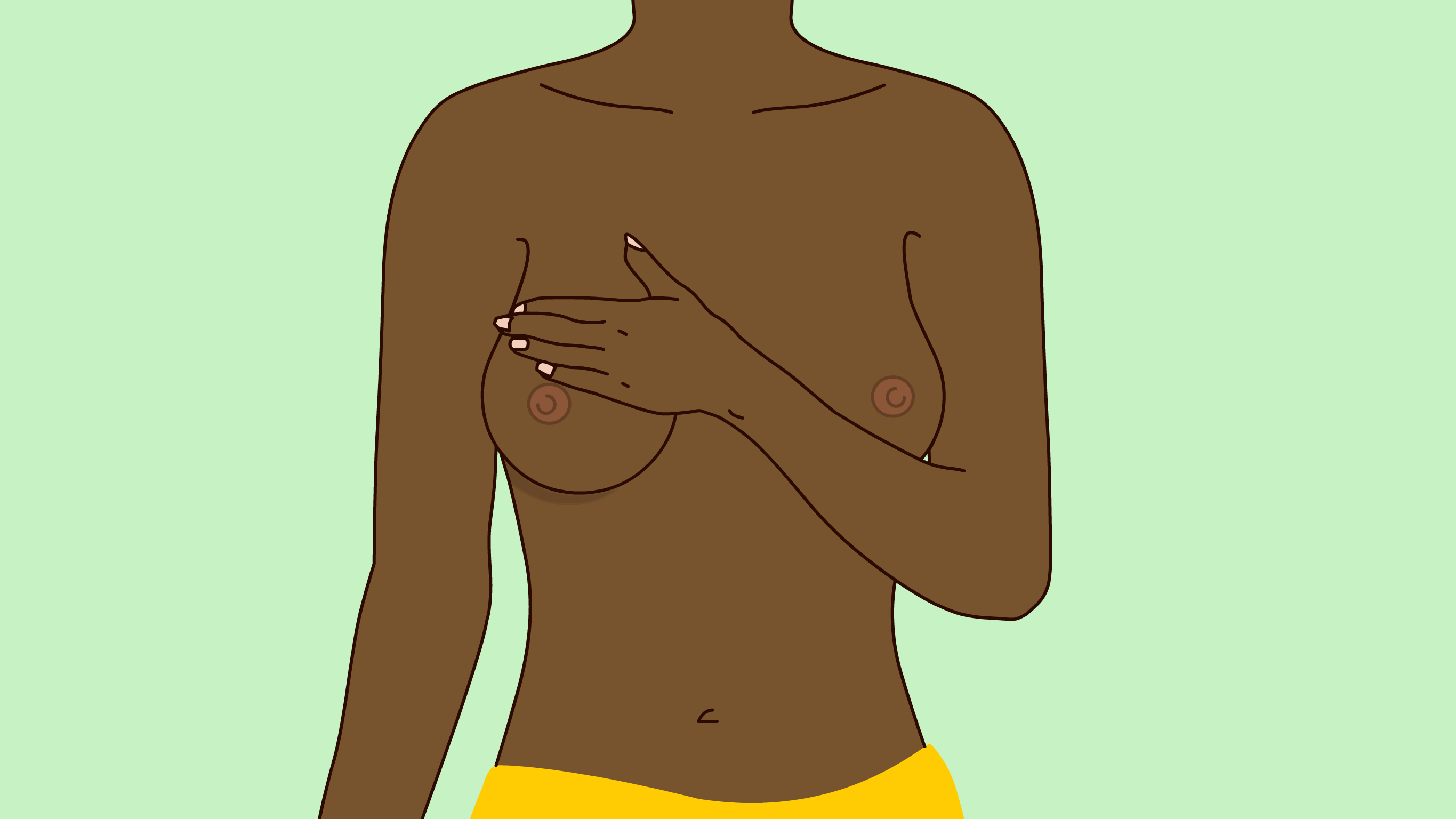

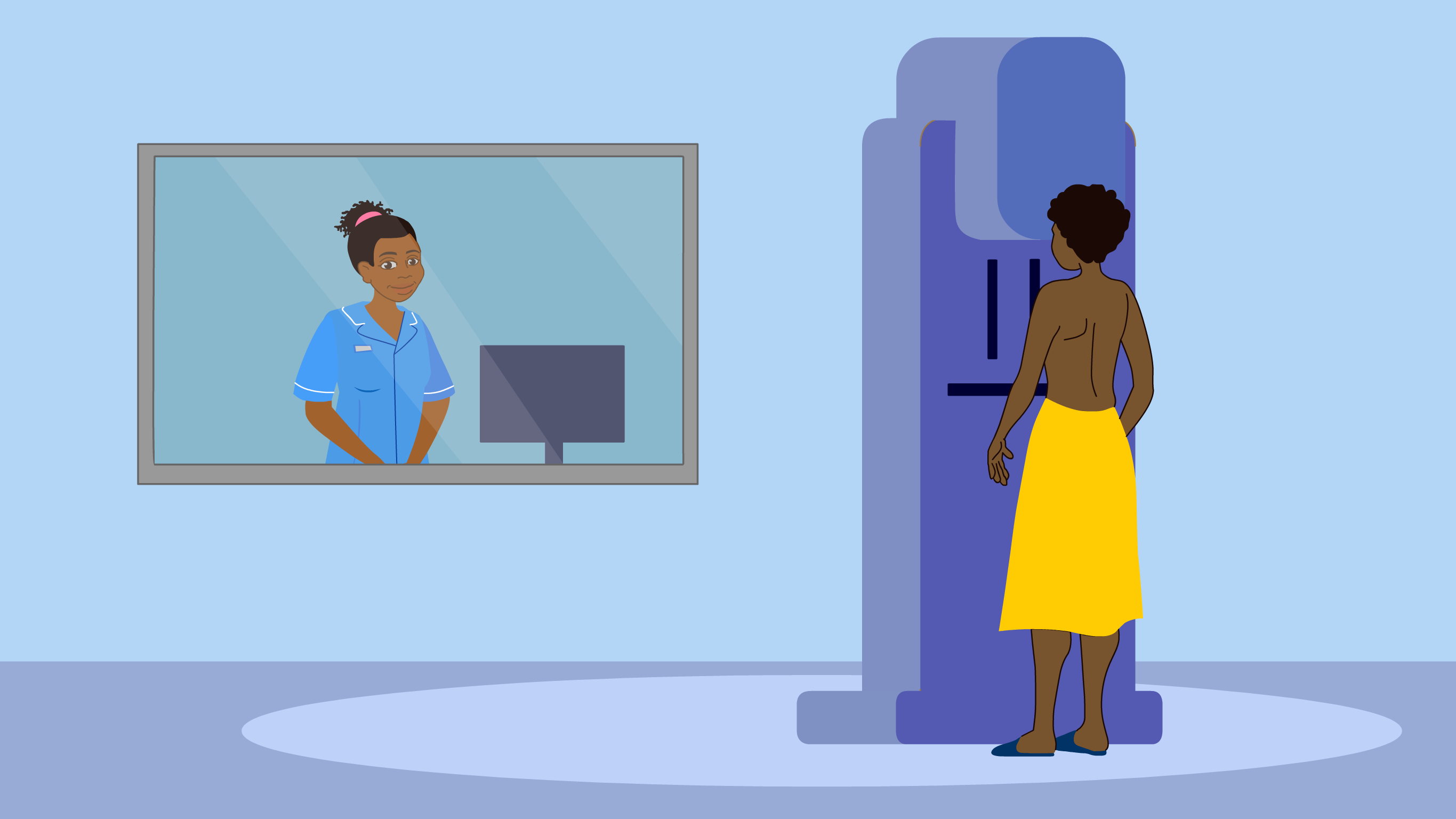

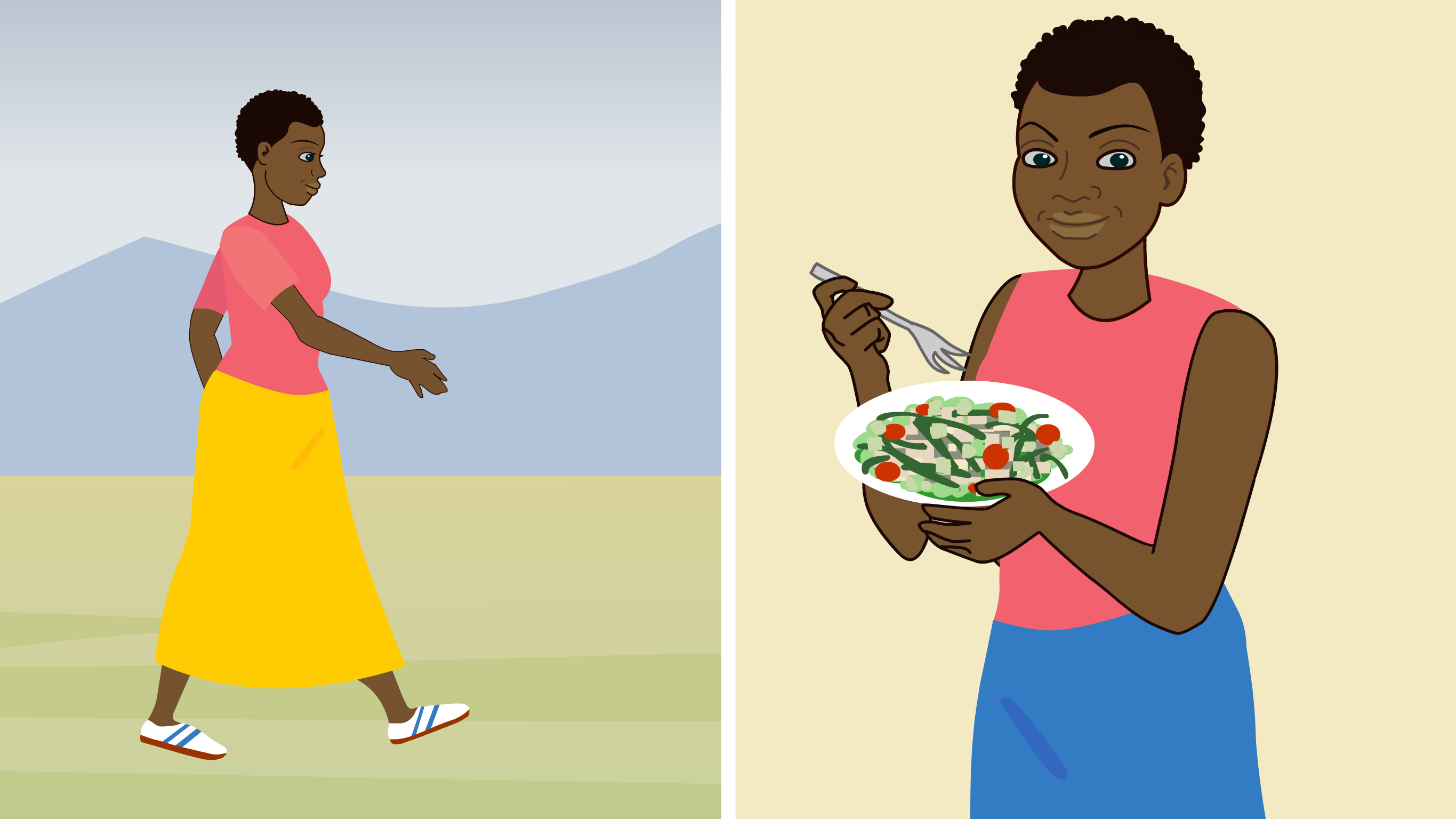
Controlling your weight;

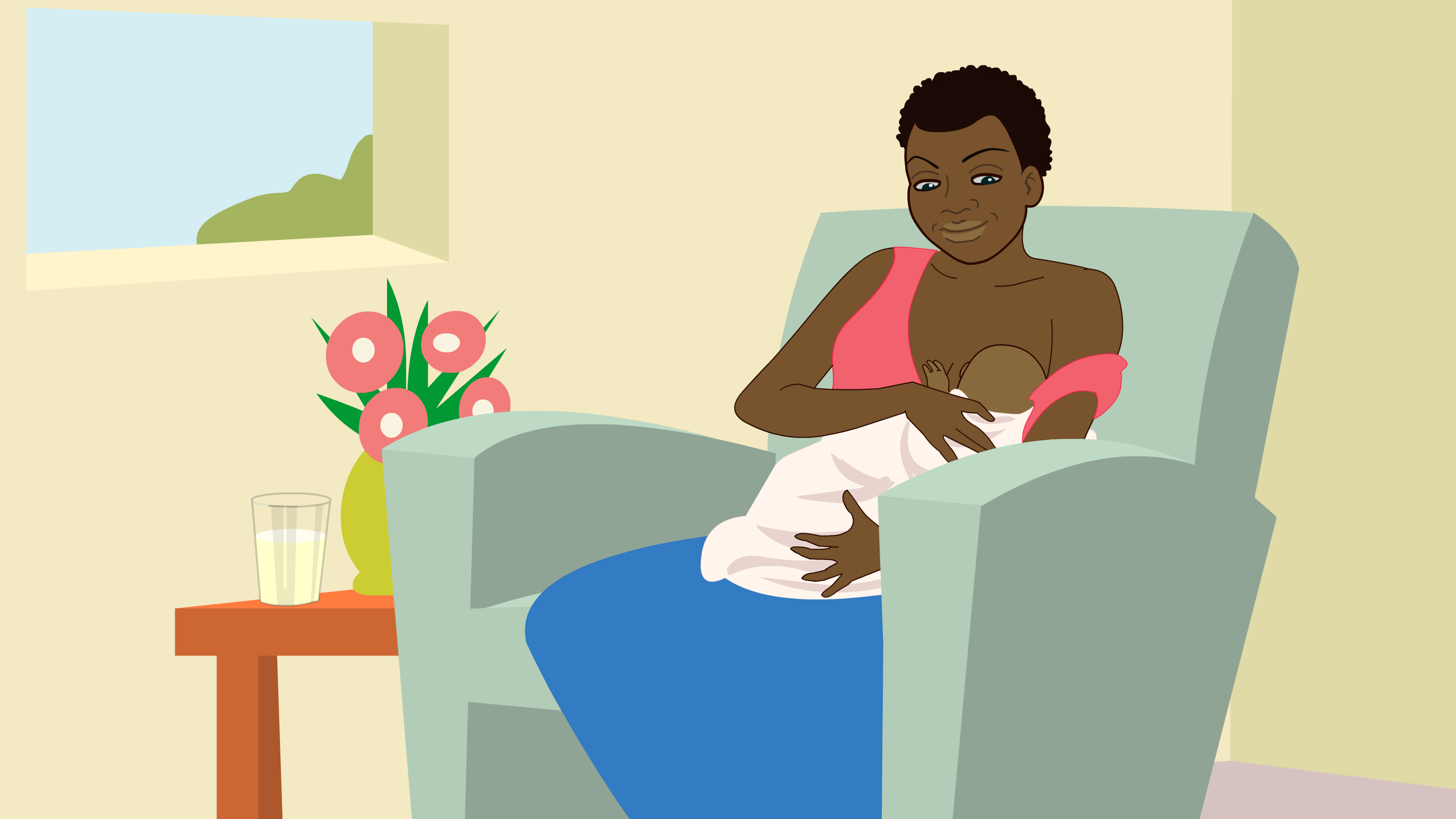


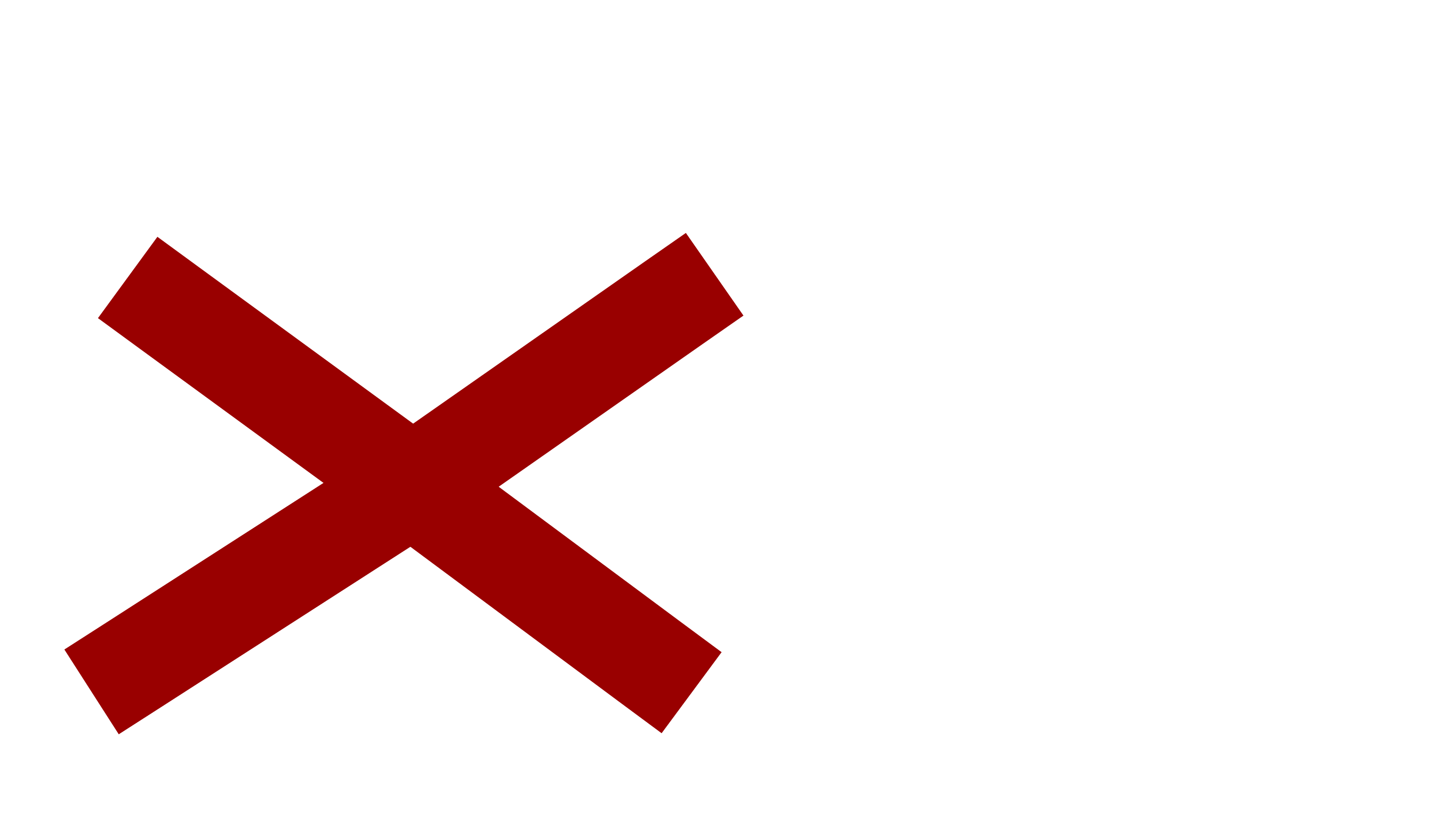
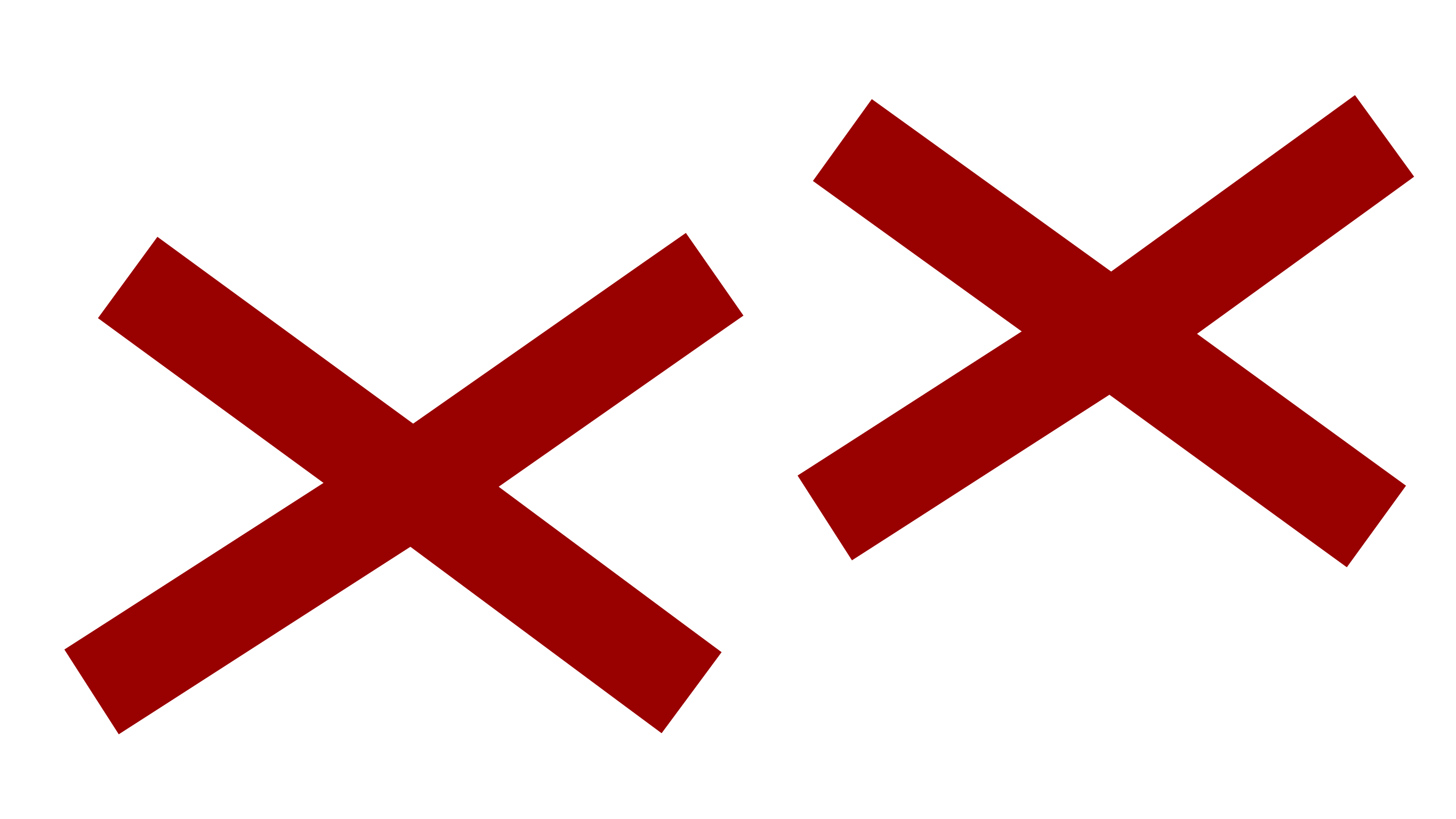

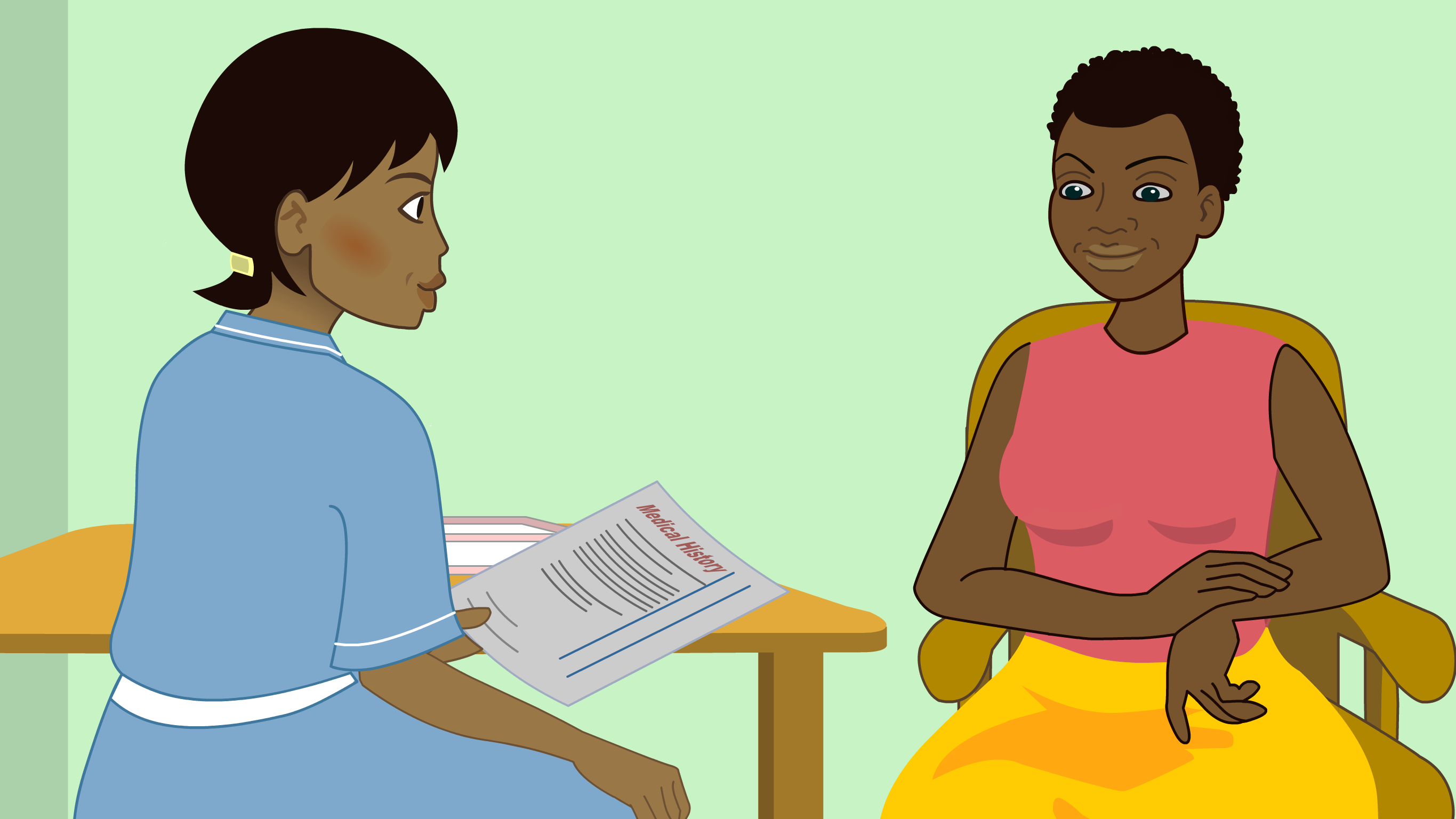
– to live a healthy life
– monitor for any change in your breasts
– and seek treatment early.

The authors of this UNDERSTANDING BREAST CANCER program are:
- Dr Siti Nurkamilla Ramdzan
Department of Primary Care Medicine, Faculty of Medicine, Universiti Malaya, Malaysia - Dr Ilham Ameera Ismail
Faculty of Medicine, Universiti Teknologi MARA, Malaysia - Dr Julia Suhaimi
Faculty of Medicine, Universiti Malaya, Malaysia - Dr Khasnur Abd Malek
Faculty of Medicine, Universiti Teknologi MARA, Malaysia - Dr Nurainul Hana Shamsuddin
Faculty of Medicine and Health Sciences, Universiti Putra Malaysia, Malaysia
The Welfare of Women program has been created under the General Editorship of Dr Kate Lightly, University of Liverpool, UK and is overseen by an expert International Editorial Board
The cost of producing this resource has been partly funded by an educational grant from GSK
What is breast cancer?
Breast cancer is a condition in which the breast cells grow out of control in an abnormal way. The cancer cells affect normal cells and can spread to other parts of the body. This can lead to serious health problems that need to be treated. It affects mainly women but it can also affect men rarely.
Some do not find out that they have breast cancer until it has spread, and they are more likely to die from it. When it is found early, treatment is more likely to work, and women can go on and have long healthy lives. Breast cancer will not heal on its own without treatment.
How common is breast cancer?
Breast cancer is very common. In 2020, 2.3 million women were diagnosed with breast cancer worldwide. However, breast cancer rates are different in different countries.
In general, one in every seven women will get breast cancer in their lives. This is why checking yourself or screening for breast cancer is so important.
Who is more likely to get breast cancer?
Breast cancer is more common if you are:
- a woman
- over 40 years
- overweight
- drinking a lot of alcohol
- a sister or daughter to someone who had or has breast cancer
- a cigarette smoker
- a person who started your period (menses) at an early age
What are the symptoms of breast cancer?
The symptoms of breast cancer are:
- a lump in the breast (most common) or a lump in the armpit
- unusual breast pain
- changes in how the breast looks
- something coming out from the nipple, such as blood or fluid
What should I do if I have any of these symptoms?
If you have any of the symptoms or have concerns about your breasts, see a healthcare worker.
Having any of the symptoms does not mean that you have breast cancer but it does mean that you should get your breasts checked by a healthcare worker.
The healthcare worker will check your breasts and advise you on the next steps.
What checks and tests can be done?
Your healthcare worker will ask you some questions and then check your breasts, with your consent.
There are also several tests to look for breast cancer and the common tests are:
- mammogram (this takes an x-ray picture of the breast)
- ultrasound (this uses sound waves to see inside the breasts)
Both these tests are safe.
How can I lower my chances of getting breast cancer?
To lower your risk of getting breast cancer, you should:
- exercise regularly
- control your weight
- breastfeed
- not drink too much alcohol
- not smoke
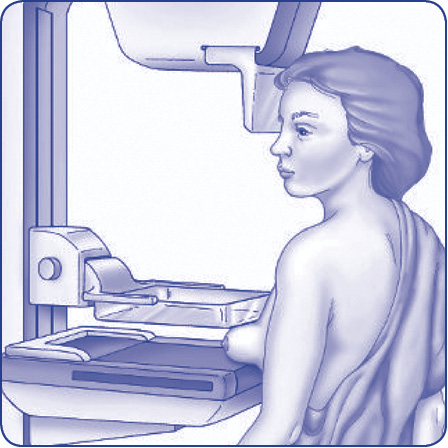
How often should I check my breasts?
It is important to check your breasts monthly, especially from the age of 40.
In some countries, women are offered tests to check their breasts for breast cancer.
This is called breast screening. Breast screening is performed with a mammogram or an ultrasound.
Why is it important to check my breasts and have tests to check for breast cancer?
Breast cancer can be cured if found early. So, you should check your breasts often and undergo screening for breast cancer, if that is offered where you live.
How do I check myself for breast cancer?
There are three steps to check the breasts for breast cancer.
Step 1: Look
This is best done in front of a mirror. Put your hands on your hips. Look for changes in the shape, skin and nipple of your breasts. Then you should proceed by raising your arms above your head to look for changes.
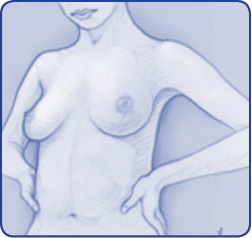
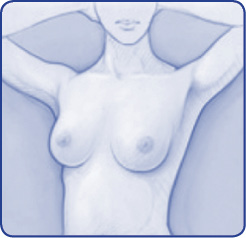
Step 2: Touch
Use the opposite hand to check your breast. Touch and feel using the pads of your fingers. You should move your hand in a circular motion from outer area towards the nipple. Gently press your nipple to check for any discharge.
Step 3: Check
Check for lumps in the area of the armpit, breasts and chest. Use light pressure, then medium, then firm.
Repeat step 2 and 3 for your other breast.
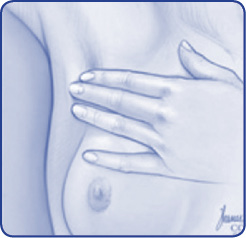
How is breast cancer treated?
The treatment of breast cancer depends on the type and whether or not it has spread. Breast cancer can be treated by surgery, radiotherapy and chemotherapy.
Radiotherapy uses radiation to treat cancer. Chemotherapy uses very strong medications to kill cancer cells.
Remember
The chances of cure are better when the cancer is found early.
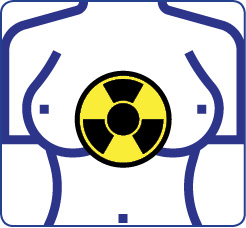
Check your breasts regularly for any changes.
Seek advice from your healthcare worker early if you notice any breast changes or are worried.
The authors of this UNDERSTANDING BREAST CANCER program are:
- Dr Siti Nurkamilla Ramdzan, Department of Primary Care Medicine, Faculty of Medicine, Universiti Malaya, Malaysia
- Dr Ilham Ameera Ismail, Faculty of Medicine, Universiti Teknologi MARA, Malaysia
- Dr Julia Suhaimi, Faculty of Medicine, Universiti Malaya, Malaysia
- Dr Khasnur Abd Malek, Faculty of Medicine, Universiti Teknologi MARA, Malaysia
- Dr Nurainul Hana Shamsuddin, Faculty of Medicine and Health Sciences, Universiti Putra Malaysia, Malaysia
The Welfare of Women program has been created under the General Editorship of Dr Kate Lightly, University of Liverpool, UK and is overseen by an expert International Editorial Board
The publishing reference for this program is: DOI 10.3843/GLOWM.w10030
The Welfare of Women information program is an attempt to provide women everywhere with access to reliable information about key health issues that may be relevant to them. Information is offered at three separate levels which women may select according to their preferences; firstly, short video animations with voice commentary, secondly, more detailed text-based descriptions, and thirdly, links to recommended further reading. With the animated videos, women can also select the images that they feel most comfortable in viewing from a short range of very generalized and non-specific ethnicity options. Because of the special programming used, both the videos and the text information can – when authorized – be translated into any language in a simple and rapid manner.
Recommended links for more comprehensive and detailed reading
The following websites provide more comprehensive and extensive information on this topic, which is both reliable and strongly recommended for readers who want to learn more than the details provided above:
World Health Organization. Fact sheet on breast cancer at
https://www.who.int/news-room/fact-sheets/detail/breast-cancer
Breast cancer organisation. Singapore at
https://www.bcf.org.sg/learn-more/what-is-breast-cancer/#!intro
Breast cancer organization, USA at https://www.breastcancer.org/symptoms/testing/types/self_exam
The following websites provide more comprehensive and extensive information on this topic, which is both reliable and strongly recommended for readers who want to learn more than the details provided above:
World Health Organization. Fact sheet on breast cancer at
https://www.who.int/news-room/fact-sheets/detail/breast-cancer
Breast cancer organisation. Singapore at
https://www.bcf.org.sg/learn-more/what-is-breast-cancer/#!intro
Breast cancer organization, USA at https://www.breastcancer.org/symptoms/testing/types/self_exam
Resources the author(s) used in preparing this guidance
World Health Organization, WHO position paper on mammograph screening, 2014, Switzerland
http://apps.who.int/iris/bitstream/handle/10665/137339/9789241507936_eng.pdf
World Health Organization. Fact sheet on breast cancer
https://www.who.int/news-room/fact-sheets/detail/breast-cancer
Breast cancer organisation, Singapore
https://www.bcf.org.sg/learn-more/what-is-breast-cancer/#!intro
American cancer society
https://www.cancer.org/cancer/breast-cancer/about/how-common-is-breast-cancer.html
